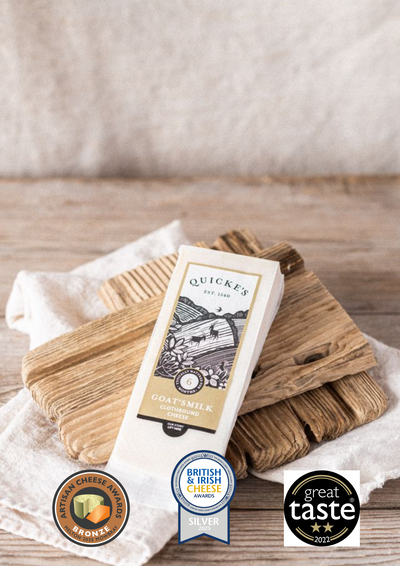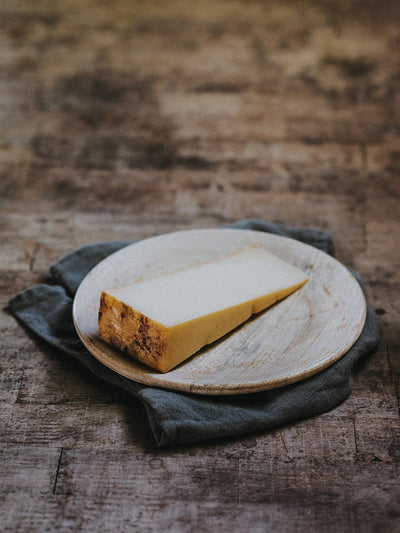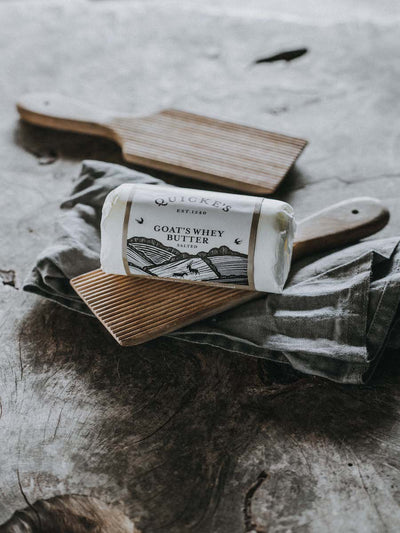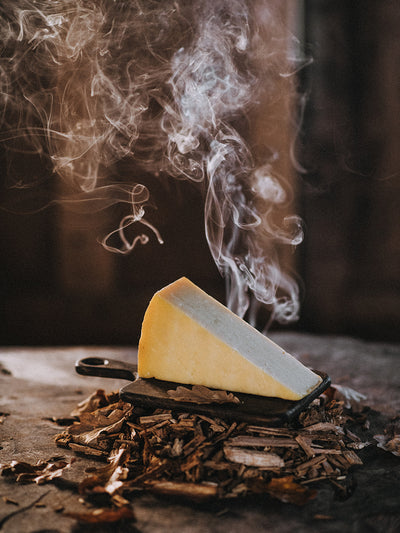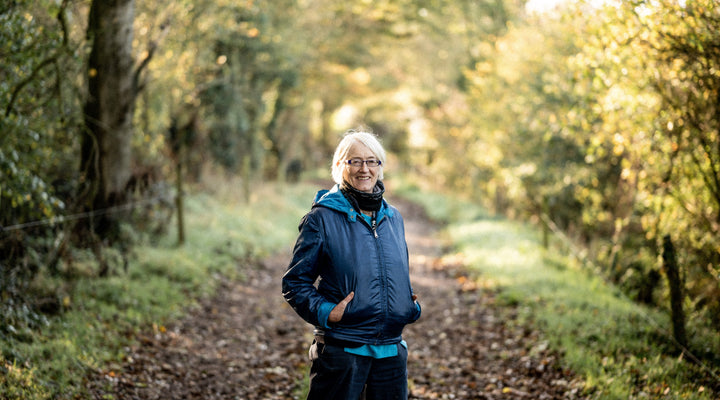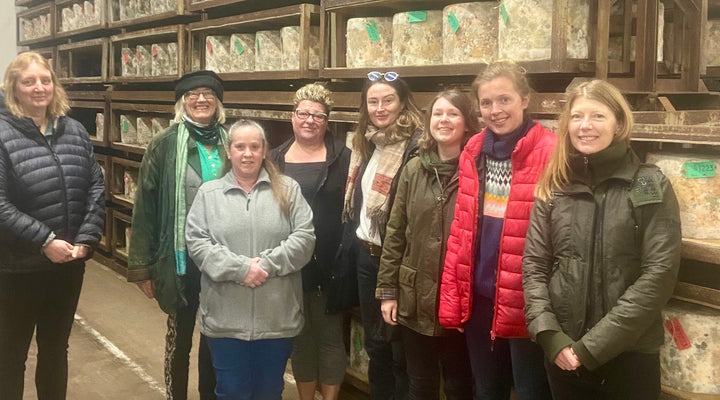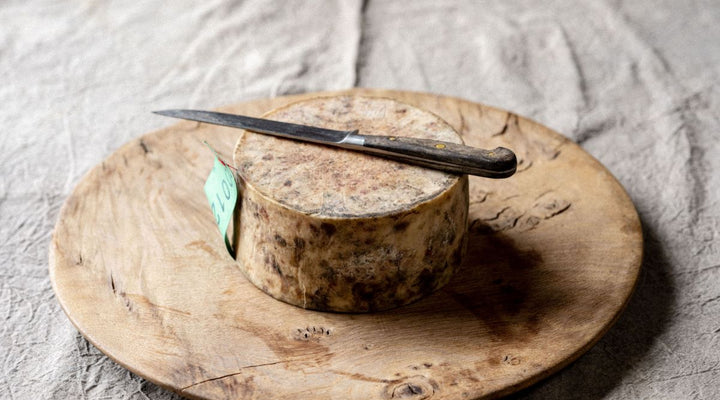A thoughtful farming friend described the decision making process in farming as considering all the options and going for the least bad one. Do we cut the grass a little earlier to be leafy for higher feed value but lower volume, or leave it to make more bulk later but more stalky and less nutritious? Do we plough to loosen soil and bury weeds or just tickle the soil with a cultivator and deal with the weeds that come and leave the soil structure intact? We assess which of all the options in a biological system gives us the best result in the round, with the information we have.
We had our annual wildlife meeting and my friends and colleagues Martin Edworthy and Andy Gray were talking about their wildlife observations. I’m inspired by human beings as stewards of our planet, farming and producing food. We are also custodians of the wildlife that share our land with us. We do the best we can, with what we understand, and do what we can to have things work best for wildlife.
We need to control deer. I hate the bit about farming that involves killing animals, and that is what meat eating involves. The same with deer. When we weren’t on top of keeping our deer numbers to the land’s holding capacity, our deer were taking a quarter of our crops, and eating all brassicas (cabbage family) crops. Our farming was uneconomic. Now we keep the deer numbers to around 80 fallow and roe across the farm and woodland (as far as we can tell). We see almost no damage to crops other than in a newly sown grass field that got stopped by the dry spring. Young trees can get away. The woodland floor is a rich carpet not bare. Sadly when we do gralloch the deer (remove their innards and inspect them), we were finding evidence of bovine TB, causing a resurgence of the disease in our cattle. Happily the deer now seem clean, so we are hopeful of going clear of TB in the near future, the first time for over 10 years.
We’ve seen very few honey bees this year and are just seeing a few now. Honey bees, wild or kept by people, are reliant on their stock of honey to make their way safely through the winter. I wonder if they may have run out of honey with that unexpectedly dry 6 weeks in the spring, and are just now building up their colonies.
We examine our slurry and dirty water lagoon banks for evidence of rabbit, badger or fox activity. Neither us nor our neighbours nor the Environment Agency would appreciate our dirty water disappearing into the stream through a burrow, sett or earth.
I’m happy that the skylarks and house martins seem to be doing really well this year. They seem to have produced their young after it started raining and the insect numbers recovered. We leave skylark plots, empty rectangles in the crops that we keep clear. The little skylark chicks have fluffy feathers which can get drenched in dense undergrowth in wet weather, killing them from cold. I hear their wonderful song as they fly high over the fields, the sound track of summer in the fields
I was admiring the house martins whizzing around the sky in the evening with their extraordinary aerial acrobatics, catching flying insects. They keep hornets, wasps and flies away from the open windows. What I’d never noticed before is that 5 minutes later, the sky was completely clear. As one, the birds had all roosted. It was still light and perhaps not light enough for the birds to do their super accurate and fast hunting for insects by sight. Like everything house martins do, they seem to have a remarkable flock mutual understanding: now is time for our migration, now is time to go to bed. They weren’t asleep, I hear the families chattering in their nests and the teenagers socialising in the hazelnut walk next to my house.
Mary Quicke

